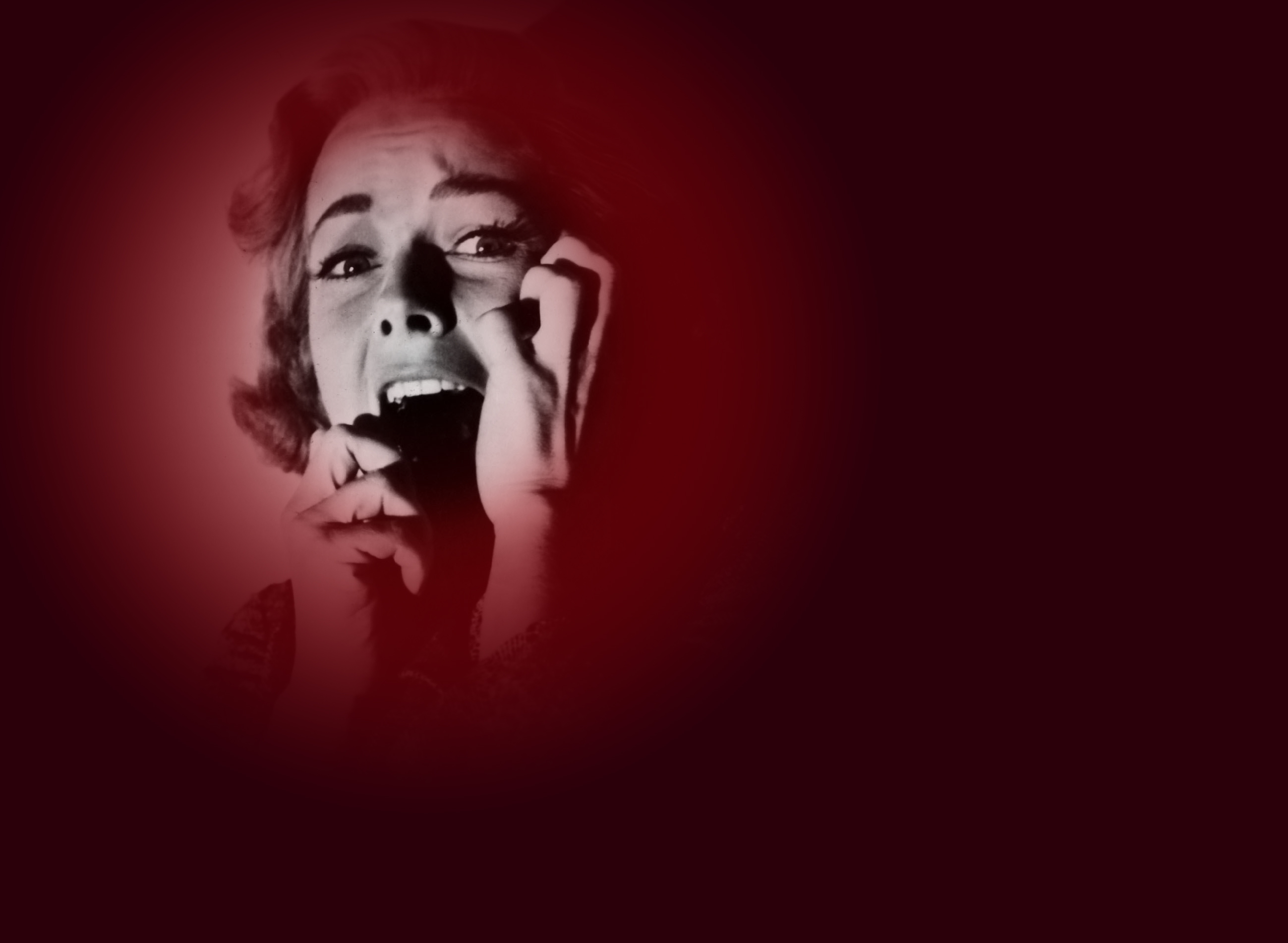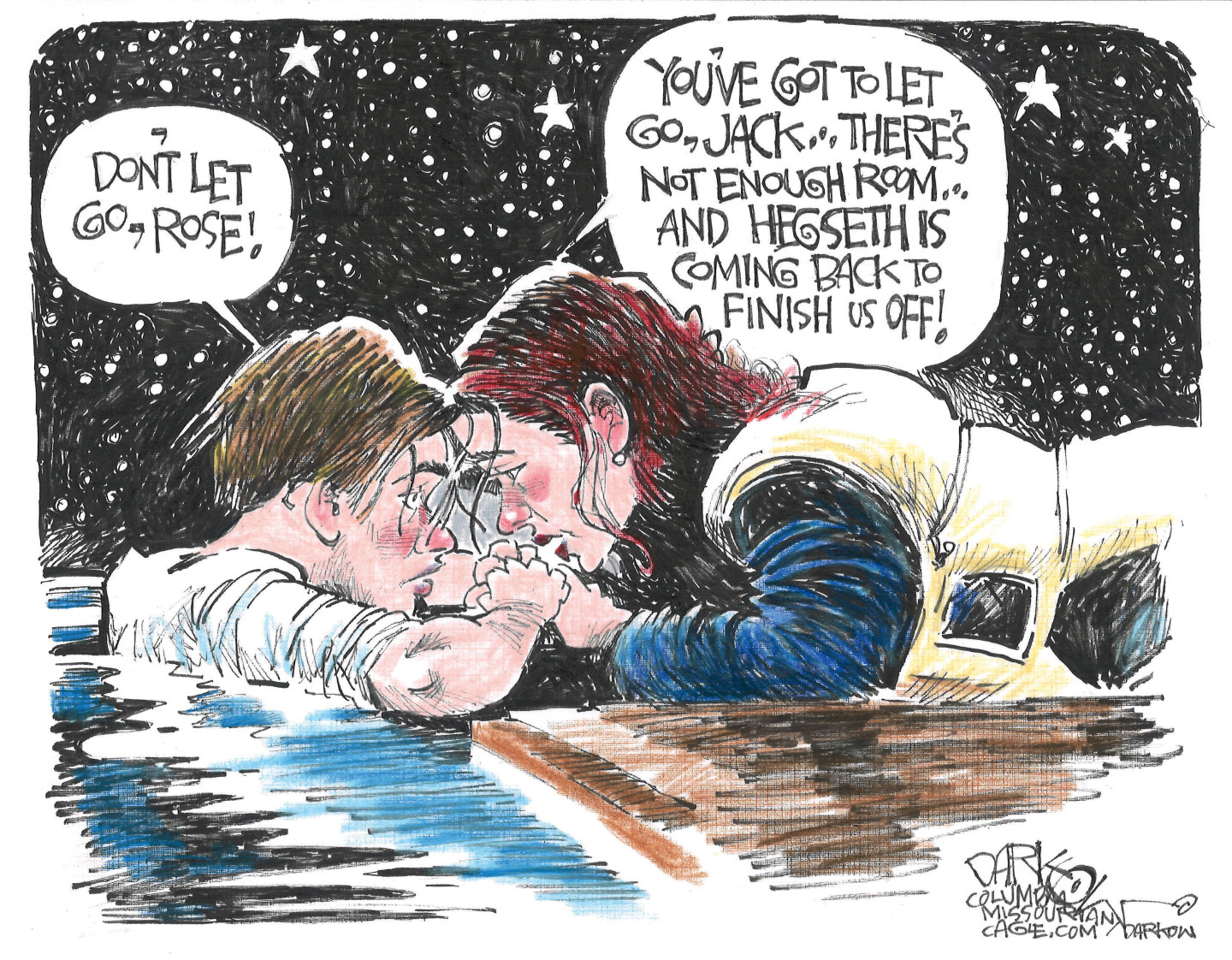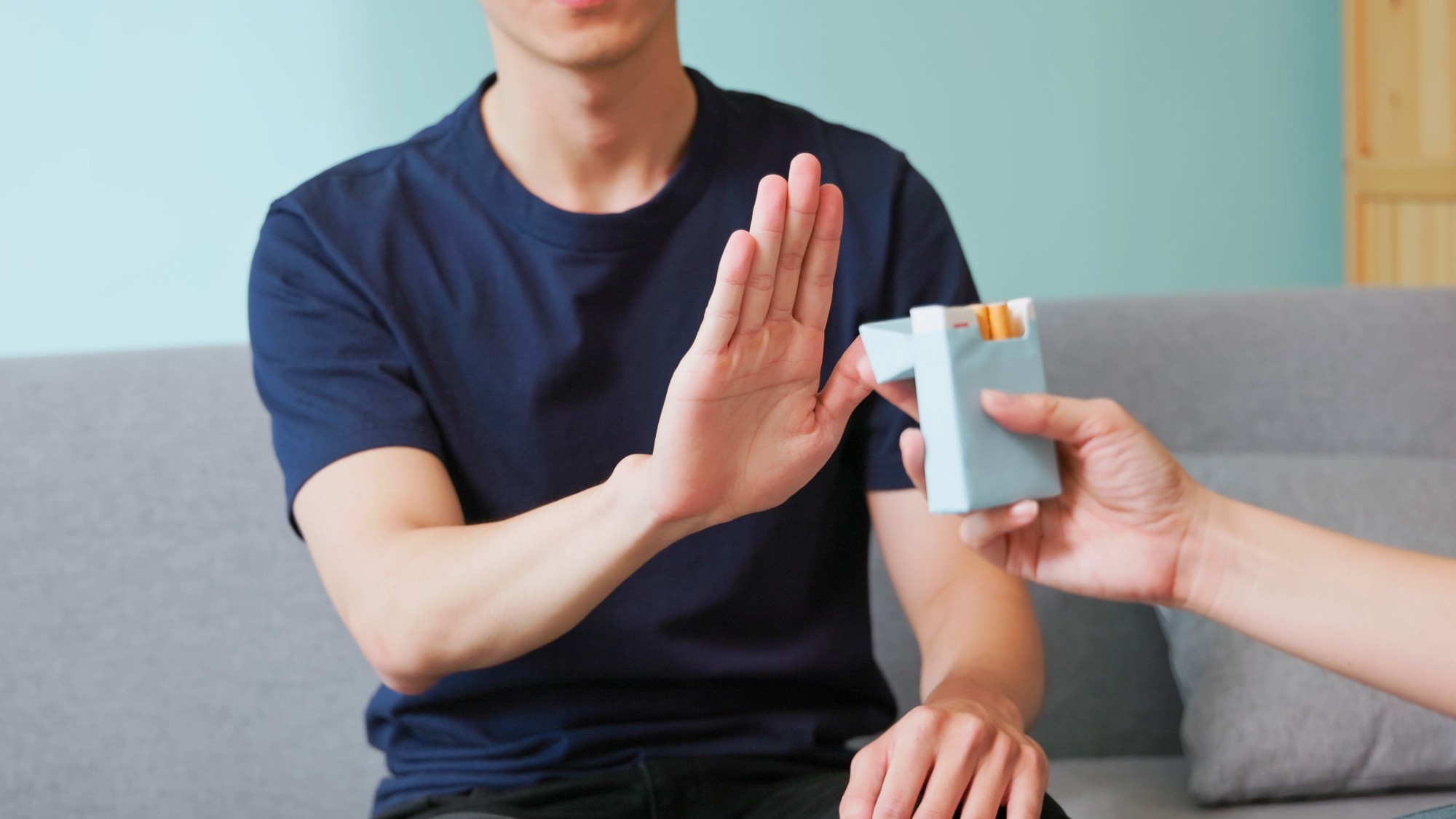The exhilarating thrill of watching scary movies alone
Draw the curtains and dim the lights. It's time to get scared.


As the woman onscreen slowly walks down a long, dark hallway, your heart begins to race. You just know a crazy masked murderer is going to jump out of nowhere and bludgeon her to death — and scare you half to death in the process. The anticipation is suffocating. Watching this scene, you just can't breathe.
And you love it.
Many people — myself included — simply can't get enough of scary movies. From Hitchcock to del Toro, generations of moviegoers wait anxiously for the next slasher flick to hit the big screen. The styles of the genre may have changed over the years, but many of the elements are the same: a slow, gradual buildup to a grisly action scene that is almost too terrifying to watch, and yet we can't look away.
The Week
Escape your echo chamber. Get the facts behind the news, plus analysis from multiple perspectives.

Sign up for The Week's Free Newsletters
From our morning news briefing to a weekly Good News Newsletter, get the best of The Week delivered directly to your inbox.
From our morning news briefing to a weekly Good News Newsletter, get the best of The Week delivered directly to your inbox.
But while some people love curling up on the couch with a date to watch a horror film, or packing into a theater with hundreds of other scared-stiff moviegoers, I submit that scary movies are best enjoyed in the comfort of one's own home — all alone.
I've always found watching scary movies with others distracting. Knowing friends are in the room brings me an unwelcome layer of comfort, detracting from the fear of it all. When I'm home alone with the lights out, there's no one to protect me from the maniac that surely lurks in my own closet or under my bed. It's an adrenaline rush, and to understand why it's so much better when experienced in solitude, we have to talk a bit about what, exactly, happens to the body when we watch scary movies.
In short, your "fight or flight" response is activated. Sure, you know the events unfolding onscreen are fictitious, but the signals your brain sends to your body can simulate the physical reaction you'd have if you were the one being chased through an endless, snowy maze by a crazed ax murderer, or haunted by dead people (and Bruce Willis).
Scientists know that heart rate increases and eye movements become more rapid when we watch scary flicks. And when we experience a sudden, shocking fright, this physical response intensifies. In 2003, scientists dug deeper to determine how a scary fictional event affects leukocytes (white blood cells). The team studied a group of healthy adults between the ages of 20 and 26 and found that the number of leukocytes increased during scary-movie viewing, possibly as a result of stress. Another study found that cortisol levels increase when watching a horror movie. Over time, elevated cortisol levels can have a negative impact on a person's health, especially in those who regularly experience high stress levels.
A free daily email with the biggest news stories of the day – and the best features from TheWeek.com
Glenn Sparks, a professor at the Brian Lamb School of Communication at Purdue University, points out that the sensations that accompany a scary flick don't end once the credits roll. He found the racing heart, high blood pressure, and sweaty palms linger after the TV is turned off. He calls this the "excitation transfer process."
For people enjoying a scary movie in a social setting, the lingering adrenaline boost can certainly make for a good time. Couples on a date, for example, might experience intensified romance and sexual attraction. For friends having an evening out, it could translate into a more raucous post-movie debrief. And of course, having others in the room can provide a certain level of comfort. You can grab the arm of someone nearby, and even the collective gasps of hundreds of other people in a movie theater can detract from your terror.
But I want to be scared. Studies show that those of us who seek out horror movies typically have higher sensation-seeking personality attributes than those who don't. Approximately 10 percent of the population enjoys an intense adrenaline rush, Sparks says. This same group also enjoys roller coasters.
These are my people. We're adrenaline junkies, and over time, the fixes that got us high before no longer do it for us. We need scarier, jumpier scenes enjoyed in darker, spookier settings. It's not a social activity for me, it's a physiological one. For me, having others around while I indulge in a spine-chilling flick smothers the fear-induced rush that I crave.
When you're home alone, no one can hear you scream. And that's the best part.
Stephanie Faris is a professional freelance writer and novelist. Her work has appeared on NYPost.com, Cosmopolitan.com, XOJane, and Ecommerce Insiders, among many others. She is the Simon & Schuster author of 30 Days of No Gossip, 25 Roses, and the upcoming Piper Morgan series.
-
 Political cartoons for December 10
Political cartoons for December 10Cartoons Wednesday's political cartoons include a titanic war crime, a hostile takeover, and skinny Santa Claus
-
 The Week contest: No smoking
The Week contest: No smokingPuzzles and Quizzes
-
 Phish food for thought: Ben & Jerry’s political turmoil
Phish food for thought: Ben & Jerry’s political turmoilIn the Spotlight After a landmark demerger by Unilever, spinning off their ice cream brands, a war of words over activism threatens to ‘overshadow’ the deal
